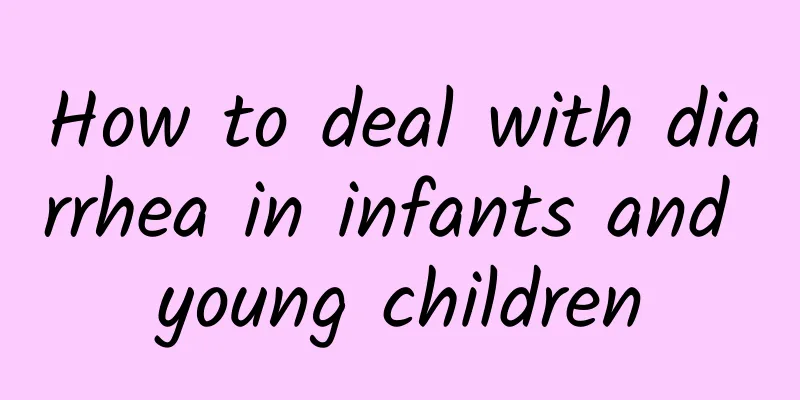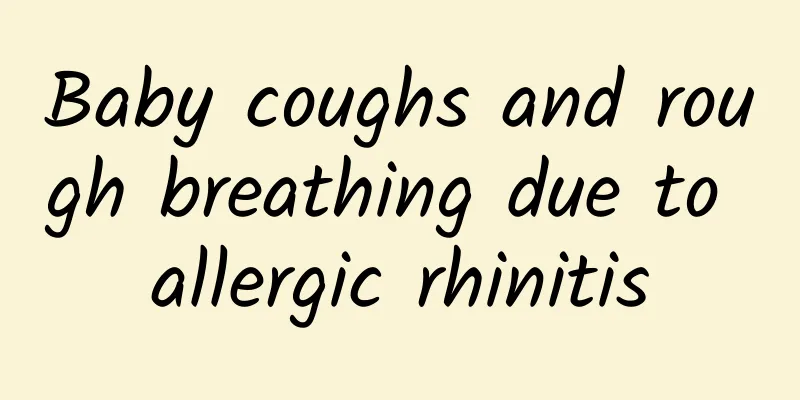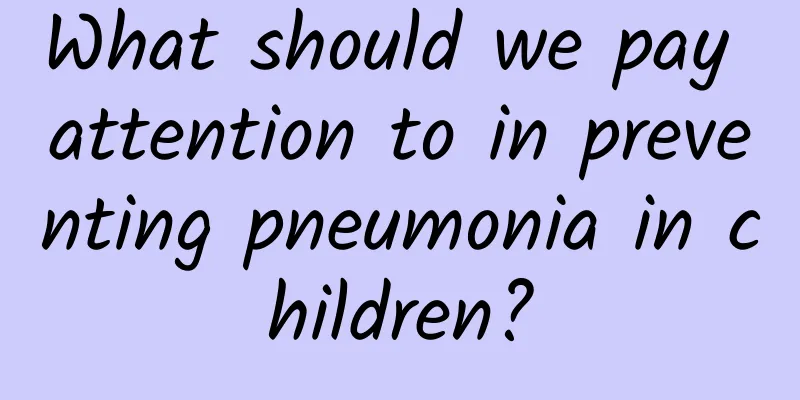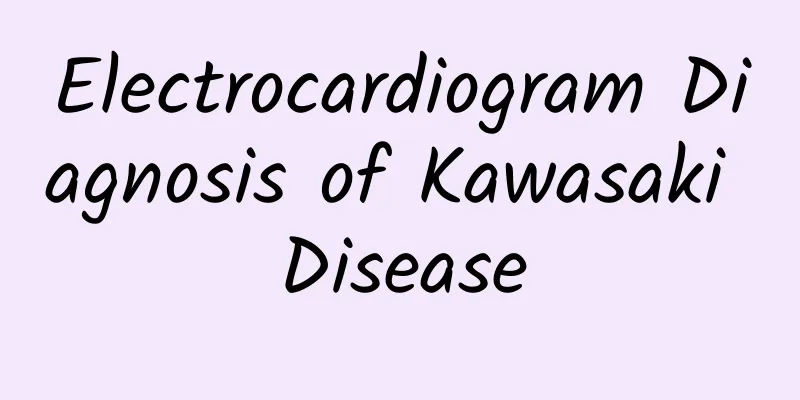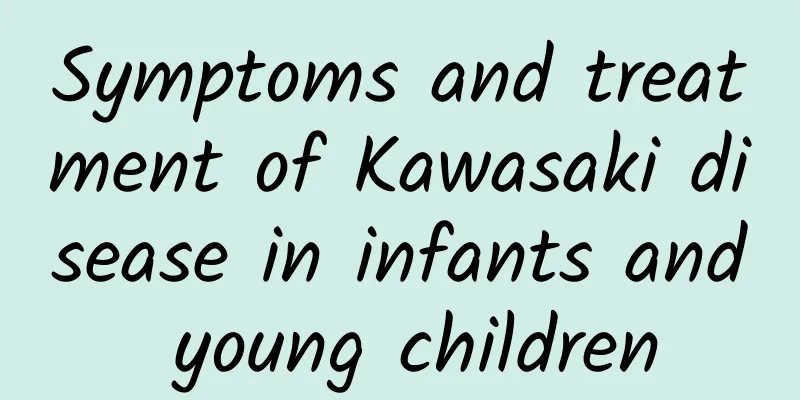Are there any symptoms of patent ductus arteriosus in newborns?
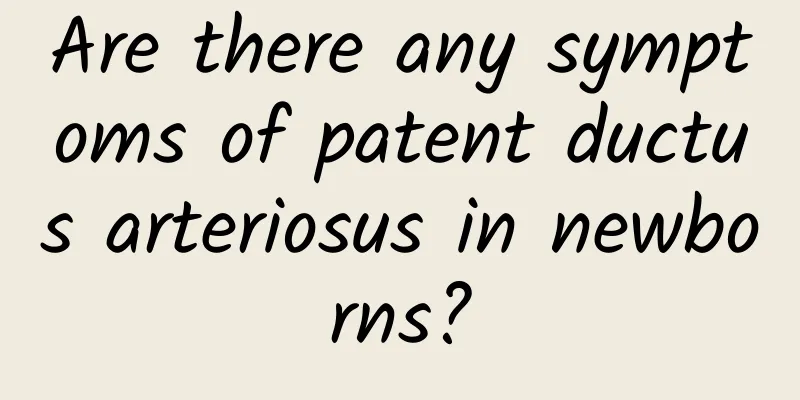
|
Patent ductus arteriosus (PDA) is a congenital heart disease. Some children may not have obvious symptoms, but in severe cases, they may experience symptoms such as shortness of breath, feeding difficulties, and slow weight gain. Treatments include medication, surgery, and interventional therapy, and the specific choice depends on the severity of the disease. 1. Symptoms of patent ductus arteriosus in newborns The symptoms of patent ductus arteriosus in newborns vary depending on the severity of the condition. Mild PDA may not show obvious symptoms and is only discovered through heart murmurs during physical examinations. Children with moderate to severe PDA may experience symptoms such as shortness of breath, rapid heartbeat, feeding difficulties, excessive sweating, and slow weight gain. In severe cases, heart failure or lung infection may occur, and medical attention is required in a timely manner. 2. Causes of patent ductus arteriosus in newborns The occurrence of PDA is related to many factors. Genetic factors may play a certain role, and children with a family history of congenital heart disease are at higher risk. Environmental factors such as infection during pregnancy, drug exposure, and radiation may also increase the risk of disease. In terms of physiological factors, premature infants have a higher incidence rate because the ductus arteriosus is not completely closed. Certain pathological conditions such as hypoxia and acidosis may also lead to PDA. 3. Treatment of patent ductus arteriosus in newborns Treatments for PDA include medication, surgery, and interventional therapy. Drug treatment: Commonly used drugs include indomethacin and ibuprofen, which relieve symptoms by promoting closure of the ductus arteriosus. Surgical treatment: For children whose condition is seriously ill or whose medication is ineffective, surgical ligation of the ductus arteriosus can be performed. Interventional treatment: The occluder is implanted through catheter technology to close the arterial duct, which is less invasive and has a quick recovery. 4. Daily care and precautions For children with mild PDA, parents need to closely observe their breathing, heartbeat and feeding conditions, and conduct regular follow-up. Feeding can be done in small amounts and multiple times to avoid overexertion. Keep indoor air circulation to prevent infection. For children receiving treatment, they need to follow the doctor's instructions for postoperative care, avoid strenuous activities, and have regular follow-up visits. The symptoms and treatment of patent ductus arteriosus in newborns should be determined according to the specific situation. Parents should pay close attention to the symptoms of the child, seek medical treatment in time and follow the doctor's advice for treatment and care to ensure the healthy growth of the child. |
<<: How long does it take to treat hemolytic jaundice in newborn babies?
>>: What causes Kawasaki disease
Recommend
Symptoms of Tourette Syndrome
Tics, also known as Tourette syndrome, is a neuro...
What to do if your child coughs and has phlegm
Every time when the seasons change, we often hear...
Will hand, foot and mouth disease blisters increase in number?
The blisters of hand, foot and mouth disease may ...
What tests should be done for malnutrition skin calcification? What are the treatment methods for malnutrition skin calcification?
Histopathology: Granular calcium deposits are see...
Radical treatment of late-stage kidney disease in children
Nowadays, more and more people suffer from nephro...
What are the main sources of infection for hand, foot and mouth disease in children?
The main sources of infection for hand, foot and ...
Can you move your legs if you have polio?
In life, many children will suffer from polio. Po...
What is the reason for children's dry cough in the middle of the night? Three common causes of children's dry cough in the middle of the night
Children's dry cough in the middle of the nig...
What is neonatal jaundice
What is neonatal jaundice? 1. The causes of neona...
What is the cause of Hirschsprung's disease?
The main cause of Hirschsprung's disease is t...
Characteristics of Kidney Disease in Children
There are two main types of nephrotic syndrome: a...
Prevention of diarrhea in children in spring
In our daily life, we often encounter children su...
What is tuberculosis of the lunula
Menstrual tuberculosis may sound mysterious, but ...
Typical symptoms of hand, foot and mouth disease in children
Parents should pay close attention to the typical...
Is acute icteric hepatitis serious? You should know the hazards of acute icteric hepatitis
Whether acute icteric hepatitis is serious depend...
